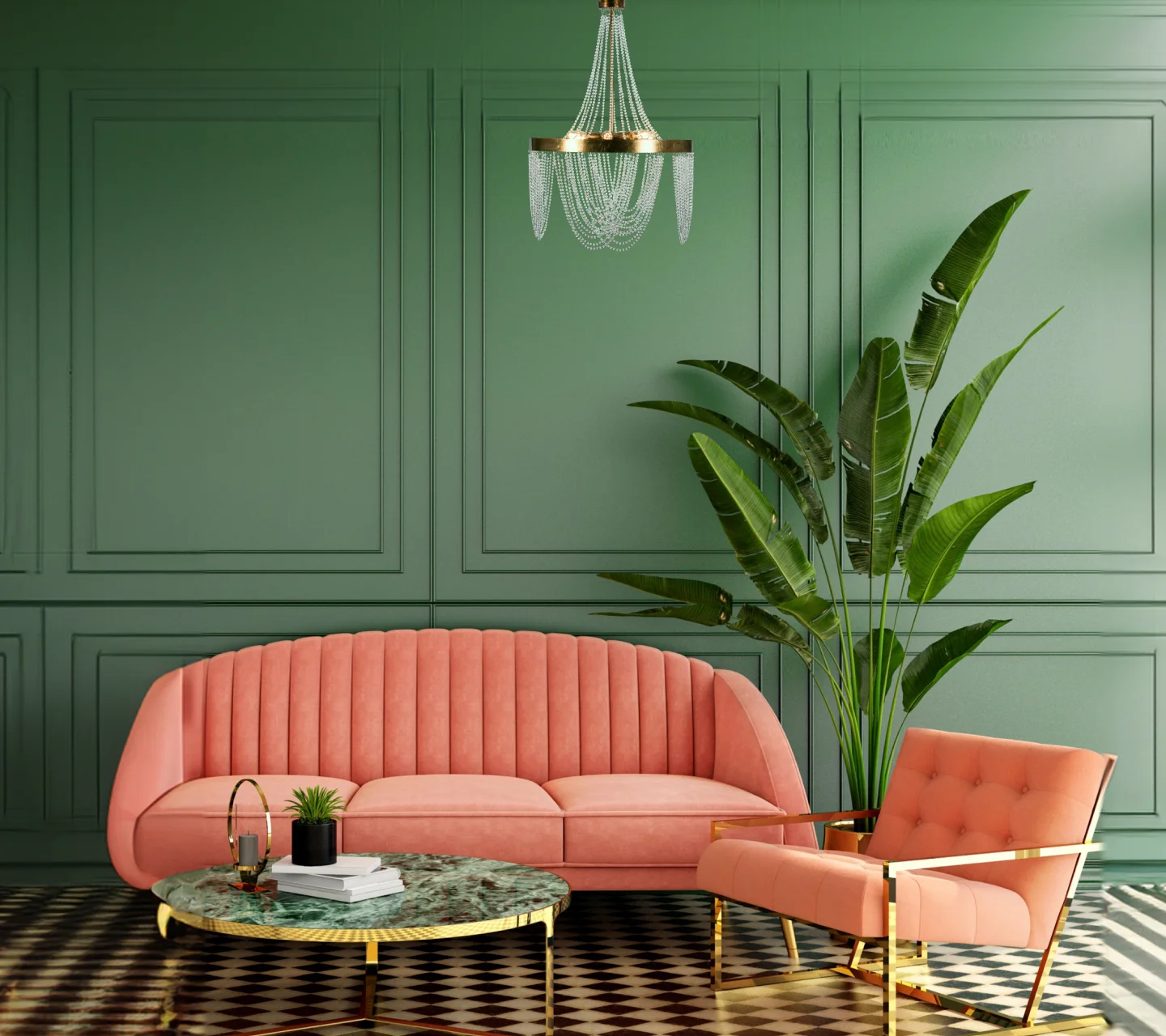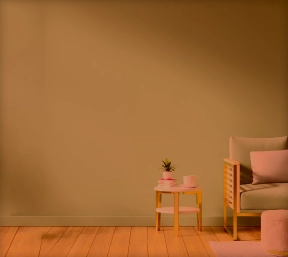*Your privacy is our priority. Your contact details are safe with us. We never share or spam!
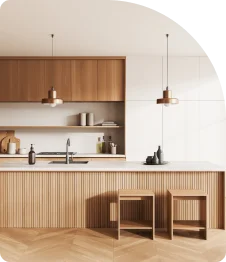
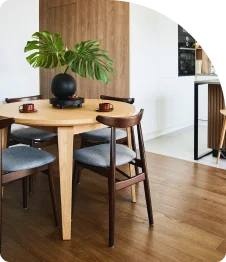
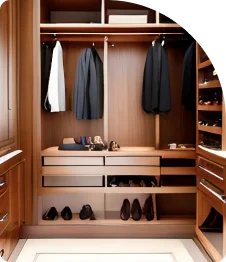
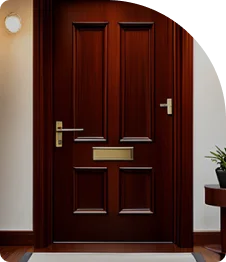
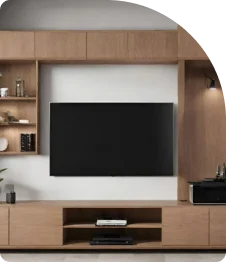
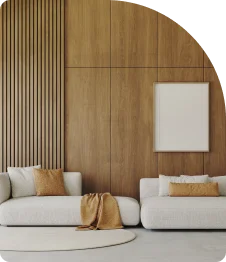
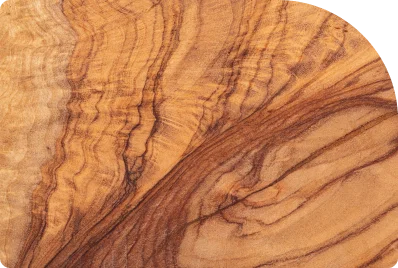
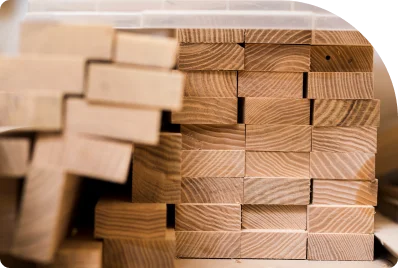

Essential
- Economical options with moderate durability and finish.
- Easy to use and an upgrade from local polish.

Premium
- Best in class products for all your furniture in gloss and matt finishes.
- High durability and performance

Luxury
- Best in class Italian finish with multiple shade options
- Superior durability, richness in finish and non yellowing top coats.



Get a one-on-one call with our service expert!
Get a one-on-one call with our service expert!
*By proceeding, you are authorizing Asian Paints and its suggested contractors to get in touch with you through calls, sms, or e-mail.






Get a one-on-one call with our service expert!
Get a one-on-one call with our service expert!
*By proceeding, you are authorizing Asian Paints and its suggested contractors to get in touch with you through calls, sms, or e-mail.
Top wood finish products recommended for you
- Surface - Kitchen Cabinets
- Wood - Natural
- Package - Luxury
- Finish - High
- Vibe - Vibe
Introducing our Wood Finish Selection Tool: an innovative solution to streamline your wood finishing choices. By answering a brief series of questions regarding your project specifications, preferences, and budget, our tool expertly guides you to the optimal wood finish product, ensuring both quality and cost-effectiveness. Say farewell to decision dilemmas and welcome effortless selection with our Wood Finish Selection Tool.
Our Products

Luxury range
Wood coating
Bring Italy to your doorstep
with Asian Paints

Premium range
wood finish
Best in class wood finishes for
every space and requirement.

Essentials
Superior quality products that
fits your pockets
Tools for you & Inspirations for your home
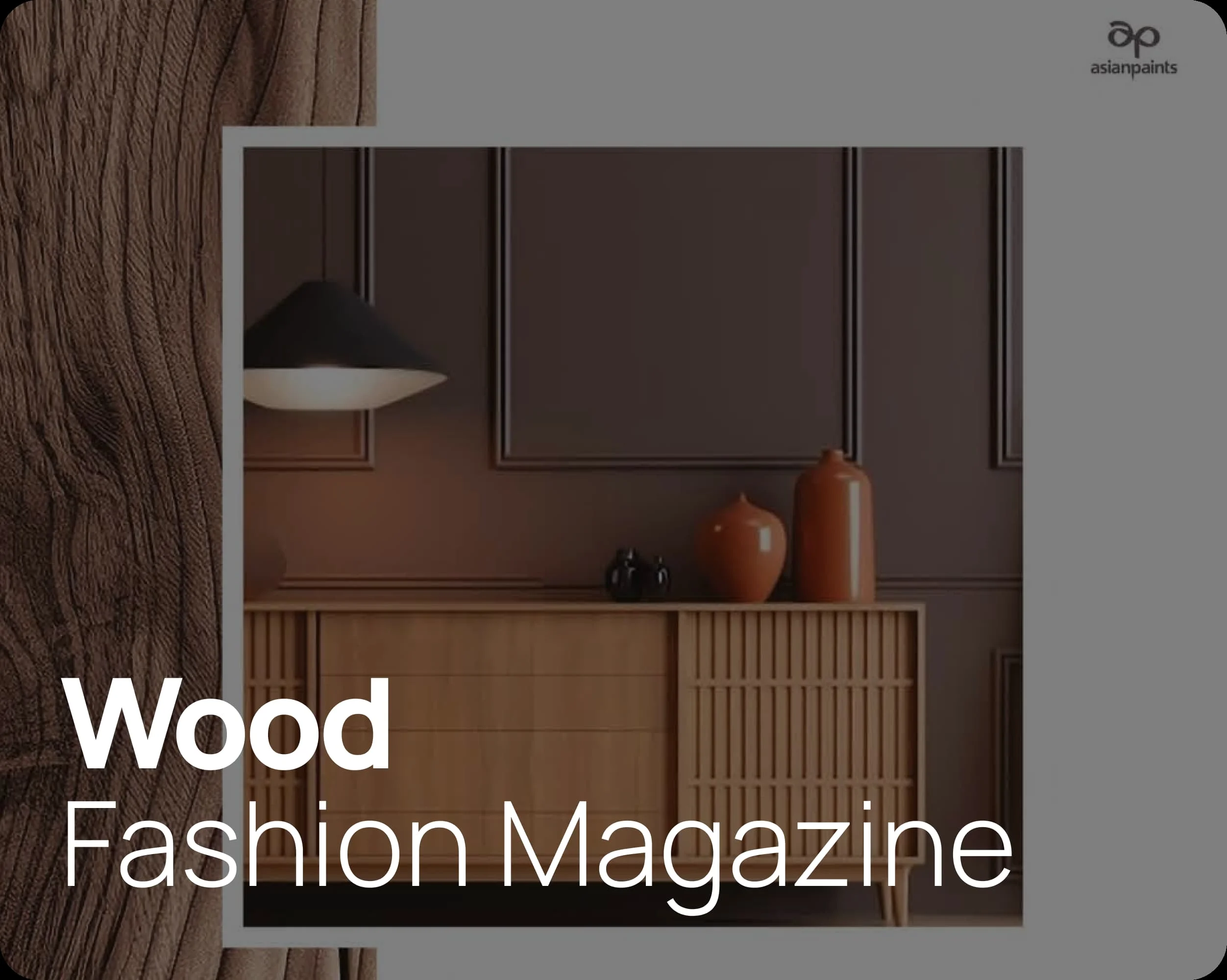
Discover the epitome of elegance in Wood Fashion Magazine. Explore the exquisite range of wood finishes by Asian Paints, where sophistication meets style. Elevate your interiors with timeless beauty today!
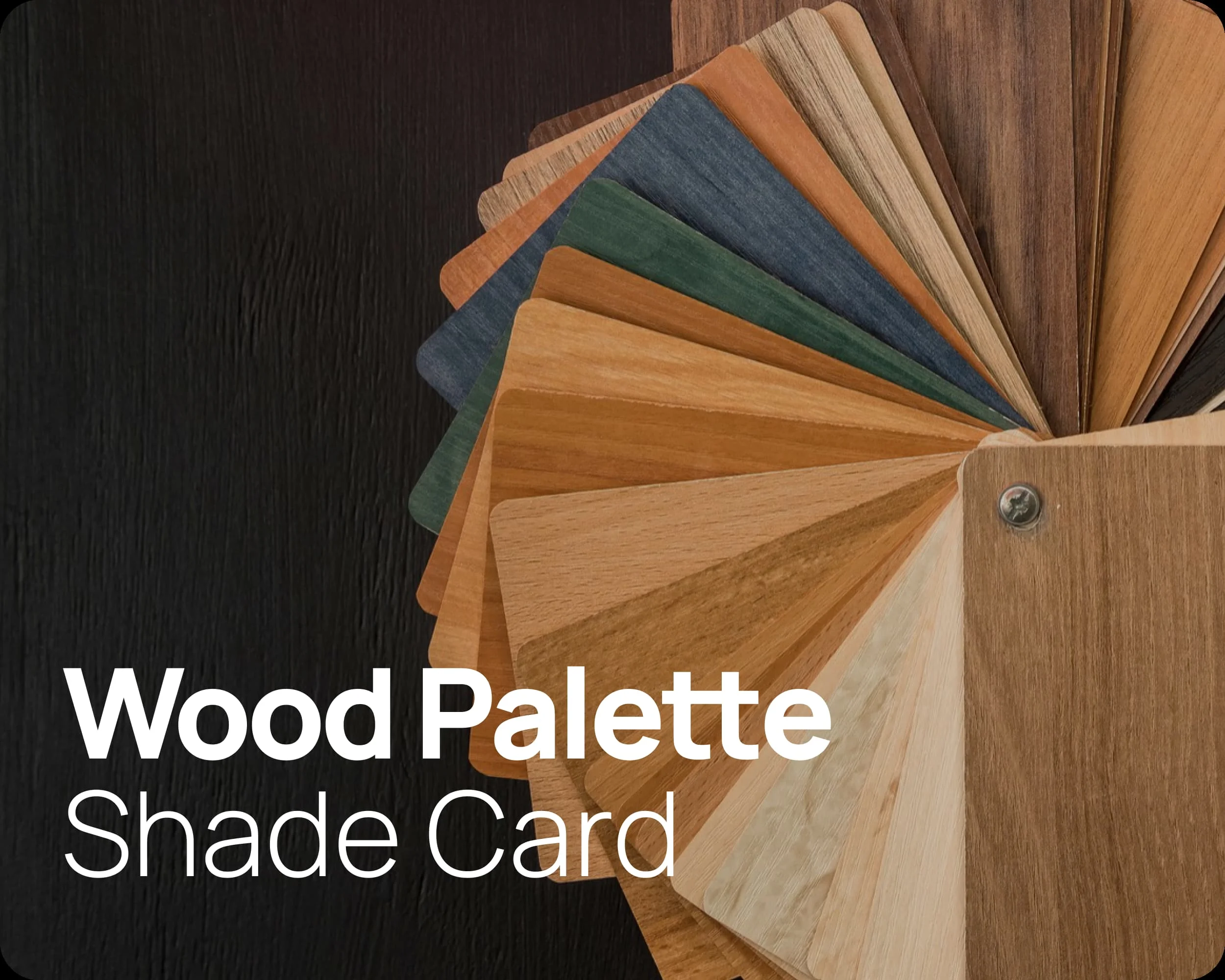
Unveil the allure of nature with the Wood Palette Shade Card. Dive into the captivating spectrum of wood hues by Asian Paints, where every shade tells a story. Transform your space with elegance now!
What are Wood Finishes?
Wood finishes are protective and decorative coatings applied to wooden surfaces whose purpose is to improve their beauty and durability. Wood finish can vary from a simple penetrating oil that enters into wooden surface, to much more complex varnishes and lacquers that are formulated to dry quickly to form a hard shell. Not only do these finishes provide protection from moisture, UV rays, and wear but they also allow the natural beauty and character of wood to shine through making it more aesthetically pleasing.
Types of Wood Finishes
There are two types of wood finishes, finishes that penetrate the wood surface and the just acts as finish for the top surface. Both of them have different benefits and uses, which we'll learn about below -
Penetrating Surfaces
Penetrating wood finish paint get absorbed into the wooden surface, which helped to create a protective layer internally and also maintain the natural look of the wood. These finishes help tp make the wood's grain and texture standout and usually have low sheen level. The different types of penetrating wood finishes are Linseed Oil, Tung Oil, Teak Oil and Wax.
Linseed Oil
Tung Oil
Teak Oil
Wax
Derived from flax seeds, linseed oil penetrates deeply, providing a warm, amber tone and improves the wood grain.
It is a natural oil finish that hardens upon drying, which helps make it water resistance and a durable, matte finish.
It is a penetrating oil which is specifically rich oily woods (like teak), which provides water resistance and UV protection.
Often applied over oil finishes, wax gives a soft, low-sheen look, protecting against moisture but not as durable as other finishes.
Surface Finishes
Surface wood finish paint for wall frames and other wooden surfaces, are usually used to form a layer of protection for the wood surface, and makes it more durable. The different types of Surface wood finishes are Lacquer, Polyurethane, Varnish, and Shellac.
Lacquer
Polyurethane
Varnish
Shellac
It is a durable, quick-drying finish that offers a high-gloss or satin sheen and is resistant to water and heat.
It is a popular, highly durable finish that provides excellent protection against moisture, scratches, and wear, available in glossy or matte.
It is a clear, hard finish that provides strong protection, with varying levels of gloss; used often for outdoor furniture.
It is a natural finish that dries quickly, giving a warm tone and medium gloss, but is less resistant to heat and moisture.
Difference Between a Wood Finish & Wood Stain
| Aspect | Wood Finish | Wood Stain |
|---|---|---|
| Purpose | Protects and seals wood surface | Adds color and enhances grain |
| Consistency | Thicker consistency | Thinner, more liquid consistency |
| Time of Application | Applied after staining or bare wood | Applied before finishing |
| Drying Time | Longer drying; forms a layer | Dries quickly; penetrates the surface |
| Result | Glossy, matte, or satin coat | Alters wood color and tone |
| Protection Leve | Provides durable, protective layer | Used to gice volour to the wooden surface |
| Enhancement | Adds shine, smooths texture | Highlights natural wood grain |
Factors to Consider while Choosing the Right Finish
When selecting from different wood finishes, consider factors like the type of wood, the project's purpose, desired appearance, and budget
Type of Wood
The type of wood you are working with significantly impacts the choice of finish. Hardwoods like oak and walnut are dense and may require finishes that penetrate deeply, such as oils or stains. Softer woods, such as pine, absorb finishes more readily and might benefit from a sealant or varnish to protect them from wear. Matching the finish to the wood type ensures the best protection and visual appeal.
Project Type
The nature of the project influences the appropriate wood finish. For indoor furniture, finishes like varnish or lacquer provide a smooth, durable surface. Outdoor projects require finishes with added UV protection and water resistance, such as marine varnish or specialized outdoor oils. Craft projects may benefit from a simple wax or oil finish to highlight the wood's natural characteristics.
Desired Finish Look
The desired aesthetic impacts the choice of wood finish types. For a rich, dark appearance, a walnut finish is ideal. A lacquer finish offers a durable, glossy finish, while gloss paint for wood provides a vibrant, high-shine look. Clear varnish for wood enhances the natural grain, offering a glossy wood finish. For a subtle effect, a wood finish matte or satin wood finish provides a low-sheen look. A wood oil finish or natural wood finish brings out the wood's innate beauty. A burned wood finish gives a rustic, distressed wood finish feel. You can take a look at our Wood Finish Visualizer to get a better understanding of the final look.
Budget
Budget constraints influence the wood finishes types you choose. High-end finishes like lacquer or speciality varnishes can be more costly but offer superior durability and appearance. More affordable options include oils and waxes, which provide good protection and enhance wood's natural beauty. Balancing cost with quality ensures you get a durable and attractive finish within your budget
Wood Finish Application Tips
1. Get all your workplace supplies
Before you get started make sure you have have all the supplies you require brushes, wood finish paint, sandpaper and everything you might require to create the perfect, smooth wood finish.
2. Use the right brush
Brushes while painting the wooden surface can seem like an intermediary thing, however selecting the right brush is essential. Based on the type of wood finish paint being used, the type of surface being painted you can determine the type of brush , the size, the quality and more.
3. Safety Always Comes First
Make sure you take all the precautions and safety tips given to you by the company while using wood paint finish and any other product required for the process.
4. Things to Keep in Mind for Better Results
Make sure you follow all the pre-painting steps such as cleaning and removing all the dust from the surface, make sure you sand off any loose dust particles and any other steps that are required.
How to tell which type of finish is on the Furniture?
Each wood finishes types have a different type of finish and look, here are a few hints to understand which type of finish is applied on your furniture:
Shiny or Glossy Surface: Often indicates a polyurethane or lacquer finish.
Soft, Warm Feel: Shellac and varnish tend to have a warm, softer feel.
Hard, Cool Feel: Polyurethane and lacquer finishes are usually harder and cooler to the touch.
Matte or Satin Finish: May indicate an oil finish (e.g., linseed or tung oil) or wax, as these often have a less shiny appearance.
How can the Asian Paints Wood Finish Selection Tool Help you?
The Asian Paints Wood Finish Selection Tool simplifies the process of choosing the perfect finish by providing detailed information on various wood finish types for specific types of wood surfaces. Whether you're looking for a gloss paint for wood for a sleek, shiny look, or a matt finish, this tool helps you make an informed decision. By considering your specific needs and preferences, the tool ensures you select the most suitable finish for your project, saving time and enhancing results.
FAQs on Wood Finish Selection
What type of wood finish should I use for furniture?
For furniture, it's best to use a durable and aesthetically pleasing finish. Varnish, lacquer, and polyurethane provide a hard, protective layer that is resistant to scratches and spills. Oils like tung or linseed oil penetrate the wood, enhancing its natural beauty while offering moderate protection. For a high-gloss look, consider using gloss paint for wood, while a natural wood finish or satin wood finish provides a more understated appearance.
What's the difference between stain and varnish?
Stain penetrates the wood to add colour while preserving the natural grain, enhancing the wood's appearance. It doesn't provide much protection, so it often requires a topcoat of varnish or another finish. Varnish, on the other hand, sits on the wood's surface, creating a protective, often glossy, layer that shields the wood from moisture, scratches, and UV rays. Both can be used together to achieve a coloured wood finish.
Can l use a wood finish on painted wood?
Yes, you can apply a wood finish on painted wood, but the results vary depending on the finish and paint type. A clear varnish or polyurethane can be used over paint to add a protective layer and enhance durability. Ensure the wood paint is fully cured before applying the finish to prevent any adverse reactions. This can help maintain the painted look while adding the benefits of a wood finish.
What finish is best for high-traffic areas?
For high-traffic areas, choose a finish that offers maximum durability and resistance to wear. Polyurethane, especially in a gloss or satin finish, provides a hard, resilient surface ideal for floors, staircases, and tabletops. Epoxy coatings also offer excellent protection against heavy use and are highly resistant to scratches and spills, making them suitable for areas with high foot traffic.
Can the tool recommend specific Asian Paints finishes?
Yes, the Asian Paints Wood Finish Selection Tool can recommend specific finishes based on your project requirements. It provides suggestions for types of finish for various wooden surfaces and helps you select the best finish for your needs.
How do I know what finish to use on wood?
You can use our Wood paint finder to help you with perfect wood finish paint for your wooden surfaces.
What are the most common wood finishes?
The most common wood finishes types are Oil finishes, Lacquer, Polyurethane, Acrylic Latex Paint and Shellac finishes.




